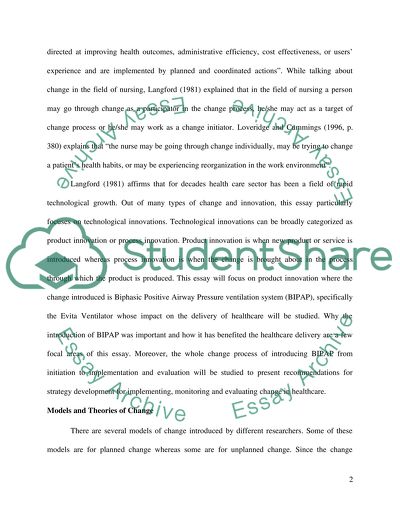Cite this document
(“Innovation & Change Essay Example | Topics and Well Written Essays - 4000 words”, n.d.)
Innovation & Change Essay Example | Topics and Well Written Essays - 4000 words. Retrieved from https://studentshare.org/nursing/1401006-innovation-change
Innovation & Change Essay Example | Topics and Well Written Essays - 4000 words. Retrieved from https://studentshare.org/nursing/1401006-innovation-change
(Innovation & Change Essay Example | Topics and Well Written Essays - 4000 Words)
Innovation & Change Essay Example | Topics and Well Written Essays - 4000 Words. https://studentshare.org/nursing/1401006-innovation-change.
Innovation & Change Essay Example | Topics and Well Written Essays - 4000 Words. https://studentshare.org/nursing/1401006-innovation-change.
“Innovation & Change Essay Example | Topics and Well Written Essays - 4000 Words”, n.d. https://studentshare.org/nursing/1401006-innovation-change.


